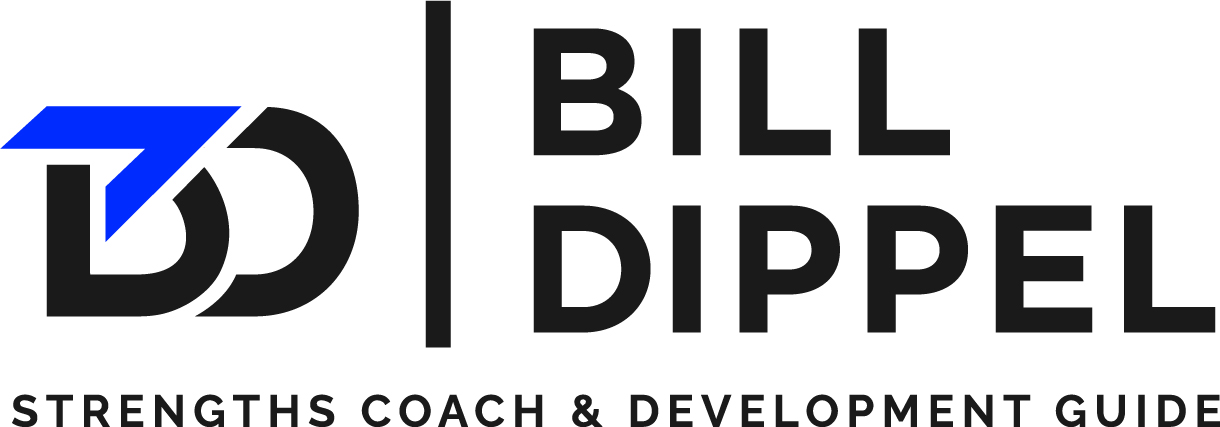Making Sense of the annual Global State of the Workplace Report
Gallup’s annual Global State of the Workplace Report is nearly a hundred pages long. If you’re like me, that might seem more than a little daunting. Once I opened the report, however, that apprehension disappeared. The information included is eye-opening and fascinating. I disappeared into the numbers and emerged with some insights that I think will help bring everything into focus.
“Workplaces that embrace strengths-based coaching have an average of 50% more engaged workforce. Invest in your employees, and the benefits will show themselves.
The Broad View
The report collected data from over 100,000 respondents from 160 countries. It’s a lot of data, but there are three major points I’d like to cover. I’ll offer some insights and then some thoughts on the best ways companies can improve.
 Employee engagement is at an all-time high
Employee engagement is at an all-time high
Right out of the gate, the first numbers we see come with an optimistic tone. Employee engagement is at the highest level since Gallup began its annual report in 2009. It means that employees are as engaged as they ever have been! Unfortunately, there is a problem hiding behind this fact: that peak employee engagement is only at 23%. Growth of that metric has also been slow. Year-over-year improvements are only at around 1%. And while they only make up a fraction of the workforce, these employees are a guiding light for everyone. While we can and should celebrate the win of increased global engagement, I would urge caution in seeing it as an established trend.
The best thing companies can do to keep this trend moving upward is to invest in strengths-based coaching. There is a stark difference between companies that employ a strengths-based philosophy and those that don’t. At best-practice companies, employees have a promising 72% engagement rate. This shows me that the path to increased global engagement lies in how we address the strengths of employees. Invest in your employees, and the benefits will show themselves.
 Quiet quitting is a silent ailment with a cure
Quiet quitting is a silent ailment with a cure
Globally, a shocking 59% of employees are disengaged. These employees are quietly watching the clock daily, putting in the minimum amount of work necessary. Low engagement comes at a steep cost for the global economy as well. $8.8 trillion dollars are lost every year due to low engagement. The reason these employees aren’t engaged is because their needs aren’t being met. In many cases, these employees are simply being misused.
The good news is that this problem has a solution! 85% of quiet-quitting employees identified the reasons for their disengagement as being related to engagement or culture, pay and benefits, or well-being and work-life balance. These are all aspects of a company that can be controlled. Simply offering the opportunity to take a Clifton Strengths Test could begin their pathway to engagement. Allowing employees to see their strengths and weaknesses is the first step toward pushing them along the path to being fulfilled by their work. Given the right tools, these employees can become fully engaged and thriving members of your workplace culture. Actively Disengaged and Loudly Quitting
Actively Disengaged and Loudly Quitting
Finally, we come to our biggest hurdle: the employees who are actively disengaged. These employees have encountered enough obstacles to become resentful of the fact that their needs aren’t being met. They may act out in workspaces in ways that undermine the progress made by other employees and leaders. A dismaying 18% of employees are actively disengaged. These employees are often the hardest to reach with strengths-based coaching but are also the people who need it the most. Don’t give up on them!
If you can manage to motivate this group of employees, the impact on your company can be astounding. Bringing them along brings the double impact of gaining back their productivity and relieving the dampening effect their outlook has imparted onto those around them. They’ve been languishing for too long, and given the right opportunity, they can shine like anyone else.
Takeaways
For all of the warnings the report contains, there are also a number of positive takeaways:
-
- Globally, employees are feeling much more comfortable with the job market as a whole. Over half of employees believe that now is a good time to find a job.
- Employee engagement is greatly impacted by strengths-based training. Workplaces that embrace strengths-based coaching have an average of 50% more engaged workforce.
- The problem of quiet quitting is largely one related to factors that companies can control.
- The impact you can have by motivating an actively disengaged employee can have an amplified effect that will ripple across your organization.
Knowing that employee engagement is both on the rise and easily improved with strengths-based coaching, the pathway to a more efficient and healthier workforce is clear. To learn more about what CliftonStrengths can do for your organization, I encourage you to follow the steps below:
- Schedule A Call.
Set up a complimentary 15-minute call. We’ll discuss your situation and where you can start to make a difference in employee engagement. - Get A Plan.
We’ll help you craft a plan that will address the specific needs of your organization, - Carry It Forward.
Consider implementing a broader strengths-based philosophy in your company. We offer a wide range of services to improve on every aspect of your organization.


Recent Comments